On day one of the WMS Utah Canyon Lands Adventure CME, 13 lucky participants and three instructors met on a late afternoon in Las Vegas to sort gear, pack food, and review the week's agenda. It felt slightly surreal to be packing for a wilderness adventure just a few blocks from the Strip, but everyone dove into the work and a pizza dinner by the pool, and we were quickly organized and ready to roll.
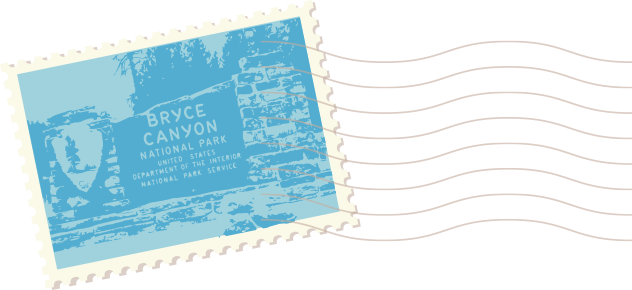
On our first full day, we departed Las Vegas early for a five-hour, mostly scenic drive through Nevada, a corner of Arizona, and Utah to Bryce National Park. We enjoyed a quick introduction to the park's incredible red, orange, and yellow fluted towers and hoodoos before ending up at our group campsite at Kodachrome State Park in south-central Utah. That afternoon we reviewed basic campcraft and started the first of many medical lectures.
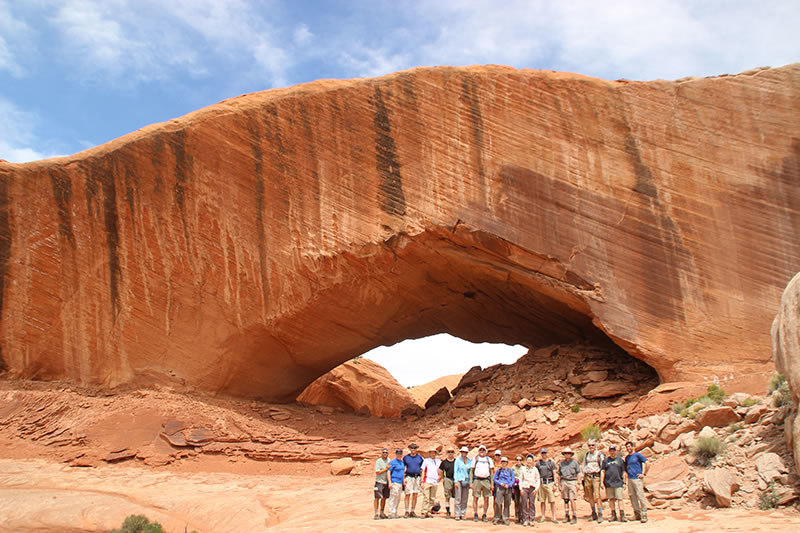
The following day we headed out early for a hike down the Escalante River, past vibrant wildflowers, bright green cottonwood foliage, and Anasazi ruins, to Phipps Wash. This presented some challenging route finding, but scrambling got us right underneath the well-hidden and massive Phipps Arch. From the viewpoint high above Phipps Wash we enjoyed views of sandstone towers, huge walls, caves, and incipient arches. On our return to the Escalante River, we rested in the welcomed shade, continued with medical lectures, and practiced litter creation.
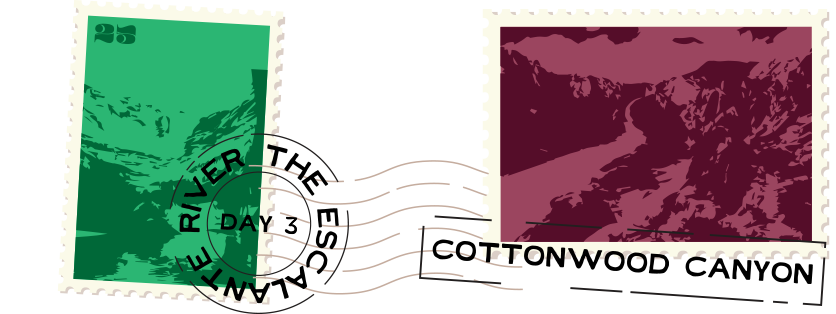
Day four saw us get another early start and a drive down Cottonwood Canyon Road, which splits the Escalante-Grand Staircase National Monument where we spent the majority of the week. Along the way we made a brief detour to the magnificent double-arched Grosvenor Arch and then did our first of three slot canyon hikes in Cottonwood Canyon. The beauty of the immense yellow and red sandstone walls, at times magnified by the three-meter wide canyon floor liberally seasoned with delicate and dazzling-colored wildflowers, was jaw dropping. That splendor was topped only by our chance to watch close up and at leisure as a rattlesnake slowly—very slowly—attempted to swallow a rather large kangaroo rat. We ended the day at lovely if primitive Whitehouse campsite, nestled in beautifully water and wind sculpted Navaho Sandstone. There we continued medical lectures and practiced basic rope rescue techniques on the crags above camp.
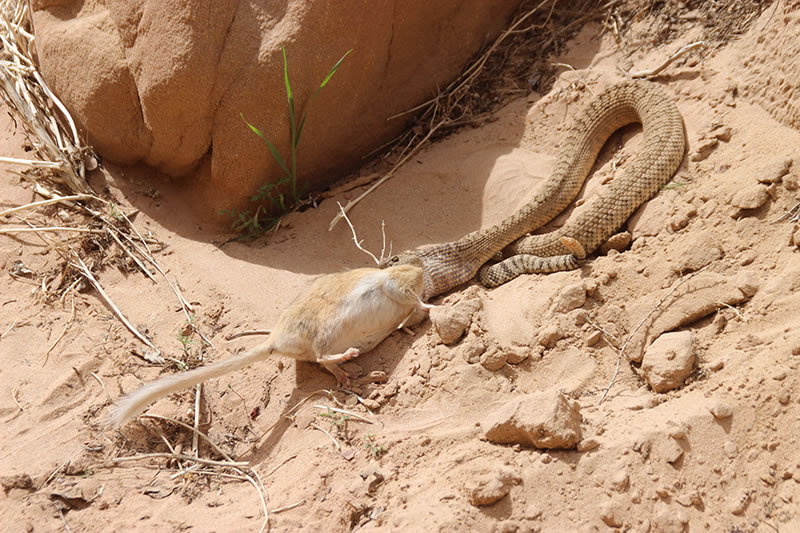
A rattlesnake attempting to swallow a kangaroo rat.
With threats of rain, we spent the next day hiking down the Paria River through an ever-deepening canyon to the confluence with the lower Buckskin slot canyon. Around every twist of the shallow river, which we were forced to repeatedly cross, was another lovely composition of towering yellow and red walls topped by a pure blue sky. The threat of rain, and possibility of accompanying flash flooding, definitely kept us on our toes and provided rich fodder for risk management discussions. Once at the confluence, we briefly hiked up the Buckskin, reportedly one of the longest and deepest slot canyons in the world. There was no disagreement that it is definitely one of the most spectacular places any of us had experienced, with colorful walls shooting straight up nearly 100 meters from a canyon floor only a few meters wide. We punctuated the long, 25-kilometer hike with a couple of medical lectures. Nothing like a beautiful iconic southwest canyon to inspire discussion and learning! Unfortunately, the blue skies didn't last and under darkening clouds we hurriedly headed back up the Paria towards our campsite at Whitehouse. Getting caught by blustery winds and some rain only added to the authenticity of the experience!
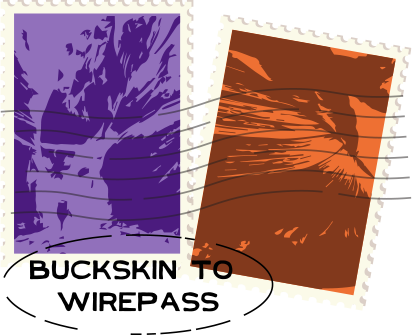
On our last full day in the wilderness we headed to Wire Pass, where half the group hiked to and up the upper Buckskin and the other half of the group hiked down the Buckskin to Wire Pass. The upper Buckskin offers sections of incredibly tight slot canyon where, in places, one can touch both sides while looking up nearly 50 meters to the canyon rim. That evening, like all the preceding ones, we continued medical lectures, enjoying PowerPoint and video (with popcorn, of course!), powered by an inverter off the van's battery. On our last full day we broke camp and drove to Zion National Park. There we hiked and then scrambled up Angels Landing, an exhilaratingly airy and exposed route to the top of one of Zion's massive towers overlooking the Virgin River. We celebrated the ascent and the week with a great Mexican dinner just outside the Park and then headed back to Las Vegas.
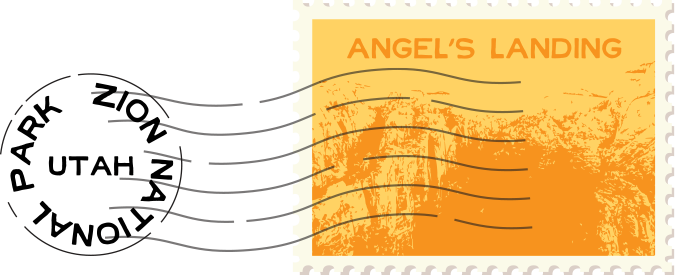
It was a great week of adventures, learning (15 CMEs), beauty, and new friends. We hiked nearly 60 kilometers, explored three slot canyons and a couple of arches, learned all kinds of new skills, and climbed a spectacular sandstone tower. Special thanks to our volunteer team of expert medical faculty, including Aaron Billin, Chris Tedeschi, George Rodway, and Loren Greenway.
